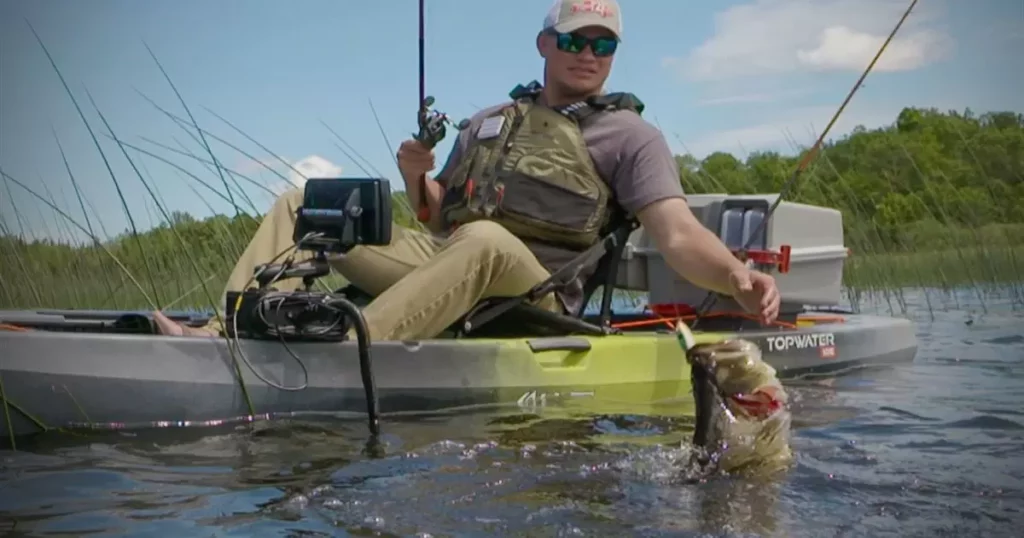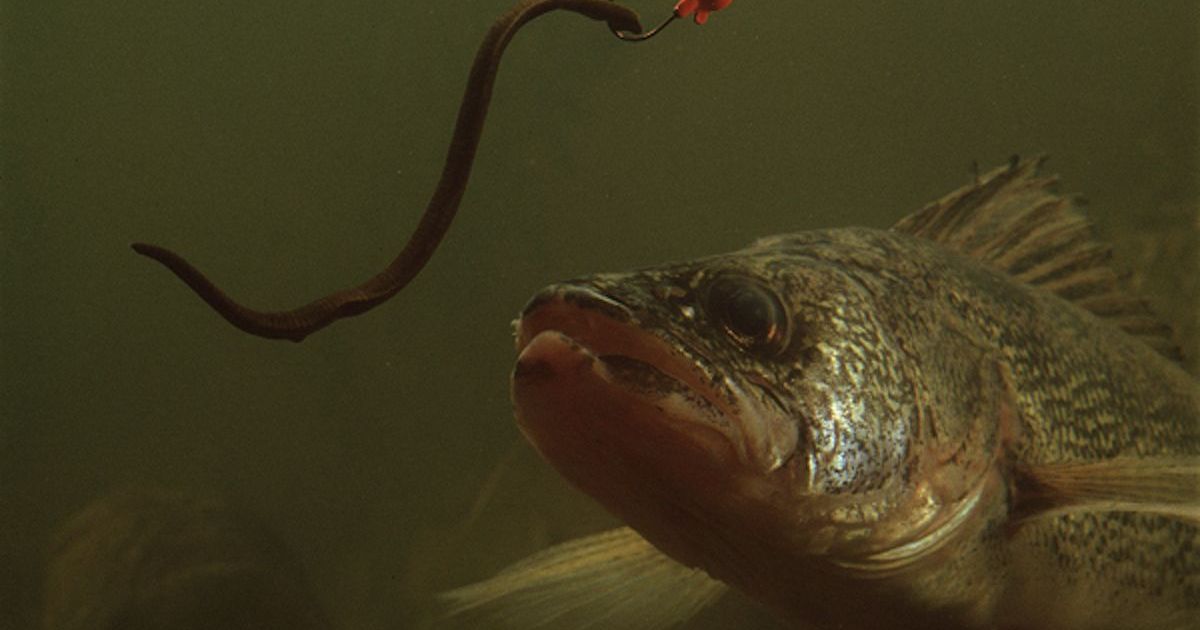Bass fishing is a beloved outdoor activity that combines skill, knowledge, and the right equipment to create a thrilling experience. At the heart of successful bass fishing lies the art of rigging the practice of selecting the ideal rig, bait and technique to maximize your chances of landing a trophy bass. In this extensive guide, we delve into the realm of bass fishing rigs exploring various setups, lures and strategies that will help anglers of all levels enhance their bass fishing skills. Whether you’re a newcomer or a seasoned pro, this article will provide valuable insights into the art of rigging for bass fishing improving your odds of a successful catch.
The Fundamentals of Bass Fishing Rigs
Before we explore specific rig types and techniques, it’s essential to grasp the core concepts of bass fishing rigs. In the context of bass fishing a fishing rig encompasses the combination of bait, hook, line, weight and other components designed to present the bait in a way that attracts bass. The objective is to mimic the natural prey of bass enticing them to strike. The effectiveness of a bass fishing rig depends on various factors, including water conditions, weather, and fish behavior. Consequently anglers have developed a variety of rig types and techniques to adapt to different situations.
Types of Bass Fishing Rigs

Various bass fishing rigs cater to different scenarios. The Carolina rig, with its sliding weight, covers open water effectively. The Texas rig, a versatile choice, excels in heavy cover. The drop shot rig suspends the bait above the bottom, enticing bites. Experiment with these rigs to match your fishing conditions and preferences.
| Component | Description |
| Types of Bass Fishing Rigs | |
| Texas Rig | Versatile and weedless; ideal for fishing in heavy cover. |
| Carolina Rig | Effective for covering a large area and creating disturbance. |
| Drop Shot Rig | Suitable for deeper water and suspended bass; keeps bait above the bottom. |
| Wacky Rig | Finesse technique with a wiggling action, effective in clear water. |
| Jigging Rig | Versatile setup that mimics wounded prey, suitable for various situations. |
| Essential Tackle for Bass Fishing | |
| Fishing Rods | Consider power and action based on target bass size and fishing conditions. |
| Reels | Match the reel with the rod type for a balanced setup. |
| Fishing Line | Choose from monofilament, fluorocarbon, or braided lines depending on the situation. |
| Hooks | Select the appropriate hook size and style based on the bait and rig type. |
| Weights | Use sinkers to adjust bait depth; choose weight based on water depth and rig type. |
| Selecting the Right Bait | |
| Soft Plastic Baits | Versatile soft plastics come in various shapes, sizes, and colors. |
| Crankbaits | Hard plastic lures with a lip for diving and mimicking injured baitfish. |
| Spinnerbaits | Flashy lures with spinning blades and skirted bodies; create commotion. |
| Topwater Baits | Designed to float on the water’s surface, producing enticing splashes and ripples. |
| Swimbaits | Soft or hard lures designed to mimic swimming baitfish; effective for school-feeding bass. |
This table provides a concise overview of the essential components and choices involved in rigging for bass fishing, making it easier to understand the key aspects of this popular angling pursuit.
Rigging Techniques for Bass Fishing

Now that you’re familiar with various bass fishing rigs, it’s essential to understand how to rig your chosen setup effectively. Below, we’ll provide some general rigging tips for different setups:
Texas Rig:Rig your bait straight to ensure a natural presentation.
Experiment with different weights to adjust your bait’s sinking rate.
Carolina Rig:Vary the length of the leader to find the most effective depth for the day.
Use a swivel to prevent line twist when using a Carolina rig.
Drop Shot Rig:Ensure the hook point is upright to reduce snags.
Adjust the distance between the weight and hook based on water depth.
Wacky Rig:Cast and allow the bait to sink naturally.
Use a spinning reel and light line for optimal sensitivity.
Jigging Rig:Experiment with various jighead sizes and shapes to find what bass prefer.
Mimic the action of a wounded baitfish by hopping the bait off the bottom.
Tips for Successful Bass Fishing
Success in bass fishing isn’t just about your rig and bait it also depends on several other factors. Here are some valuable tips to help you become a more successful bass angler.
Location Matters:Study the water you’re fishing, paying attention to structure, cover and depth changes.Use fish finders or underwater maps to locate potential hotspots.
Be Mindful of the Seasons:Adjust your tactics based on the season. Bass have different feeding patterns in spring, summer fall and winter.In the spring, focus on shallow waters where bass are spawning.During the summer, target deeper waters or shaded areas.In the fall, mimic the movement of baitfish as bass feed aggressively.In the winter, slow down your presentation and fish deeper.
Master the Art of Casting:Practice your casting technique to achieve accuracy and distance.
Cast parallel to the shore, cover, or structure for a higher chance of hooking bass.
Work on your ability to cast under overhanging trees and docks to reach hidden bass.
Stay Patient and Persistent:Bass fishing can be a waiting game. Don’t get discouraged if you don’t catch fish immediately.
Experiment with different baits, rigs and retrieve speeds until you find what works.
Practice Catch and Release:Conservation is crucial for the future of bass fishing.
Release undersized or unwanted fish carefully to protect the population.
Follow local regulations and size limits to ensure sustainable fishing.
FAQs
What is bass fishing?
Bass fishing is a popular sport focused on catching bass, including largemouth and smallmouth bass, using various techniques and equipment.
When is the best time for bass fishing?
The best time varies with the seasons: spring for spawning in shallow waters summer for deep areas fall for mimicking baitfish and winter for slow deep fishing.
What bait is effective for bass fishing?
Effective baits include soft plastics, crankbaits spinnerbaits topwater lures and swimbaits depending on the situation and bass behavior.
What is a Texas rig in bass fishing?
The Texas rig is a versatile and weedless setup for casting into heavy cover using soft plastic baits and a weight.
Why is catch and release important in bass fishing?
Catch and release is crucial for conservation protecting the bass population and adhering to regulations for sustainable fishing.
Conclusion
Rigging for bass fishing is an art that combines skill knowledge and experience. By understanding the various types of bass fishing rigs selecting the right tackle and choosing the best bait for the situation you can increase your chances of landing that elusive trophy bass. Combine these techniques with the tips for successful bass fishing and you’ll be well on your way to mastering the sport. Remember to respect the environment and practice catch and release to ensure a healthy bass population for future generations of anglers. So, go out explore the waters and enjoy the excitement of bass fishing.

